Latest Solana News
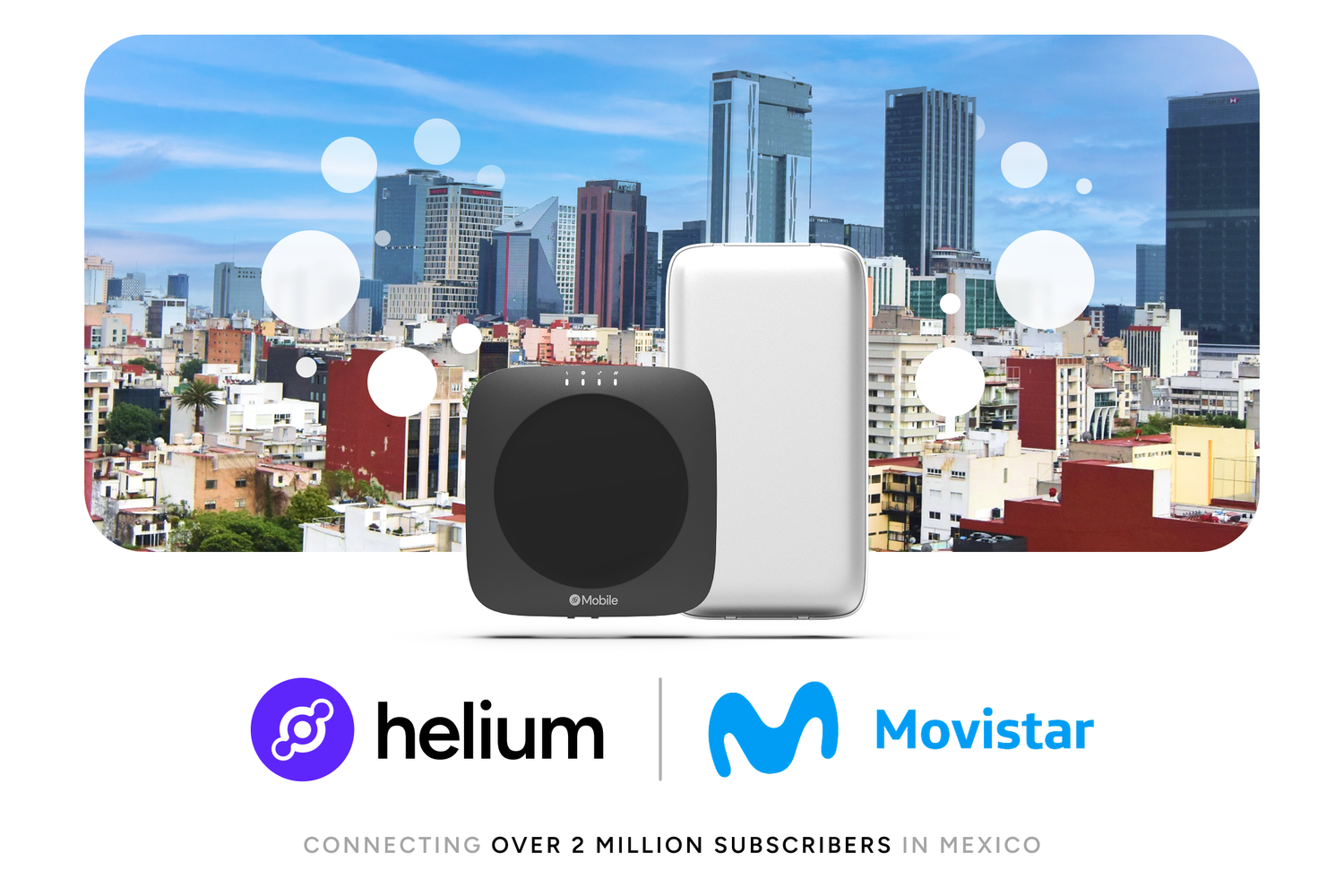
3 months ago
Helium Expands Partnership with Movistar in Mexico
Helium Expands into Latin America After Successful Pilot
In a tremendous step forward for Solana DePIN, Helium has announced a strategic partnership with Movistar, one of Mexico’s largest telecommunications providers. With over 300 additional Mexico-based sites, the Helium Network will enable over 2.3M Movistar Mexico subscribers to access and contribute to the world’s fastest growing decentralized mobile network. As part of the collaboration, Helium Network hotspots will be distributed in Movistar retail stores, boosting the DePIN providers credibility in Latin American markets. Movistar will also be able to resell Helium Network coverage to other local MVNOs (Mobile Virtual Network Operators).
Helium X Movistar Pilot Success
After spreading like wildfire across the United States, Helium Network begins global expansion in Latin America. In 2024, Helium and Movistar operated a pilot program in Mexico City and Oaxaca facilitating mobile data offloading. On top of expanding Helium Network’s reach and adoption the pilot also enabled Movistar to reduce operating costs. This allowed the collaboration to deliver more affordable and efficient mobile internet access to millions of Movistar subscribers across the country.

3 months ago
Wingbits: Revolutionizing Aviation Data Tracking
Wingbits: Revolutionizing Aviation Data Tracking
The Swedish startup, Wingbits, is challenging established players like FlightAware and Flightradar24 in the aviation data industry with a decentralized approach. By leveraging blockchain technology, Wingbits is rewarding hobbyist data collectors through its decentralized physical infrastructure network project, DePIN. This innovative project aims to create a tamper-proof tracking network by launching a satellite in collaboration with Spire Global, carried by SpaceX's Transporter-13 mission. The satellite will validate Wingbits' ground data, enhancing the accuracy of the information provided by the company.
Wingbits' CEO, Robin Wingardh, highlighted the significance of the satellite launch during Consensus Hong Kong. The company's existing network of 2,200 on-the-ground nodes managed by flight enthusiasts worldwide will be complemented by the satellite, further strengthening the community-powered tracking network. Unlike traditional industry players, Wingbits rewards its data providers with Solana testnet tokens, fostering a global network of contributors from over 90 countries tracking 120,000 unique flights daily. The reward system allows contributors to exchange tokens for various services, such as air miles and airport lounge access.
The addition of satellite-tracking capabilities marks a significant milestone for Wingbits in its mission to disrupt the aviation data industry. By ensuring data accuracy and protection against spoofing, the company aims to set itself apart from competitors like FlightAware and Flightradar24. With recent funding of $5.6 million from investors like Borderless Capital and Bullish Capital, Wingbits is poised to expand its operations and revolutionize flight tracking in the era of Web3.
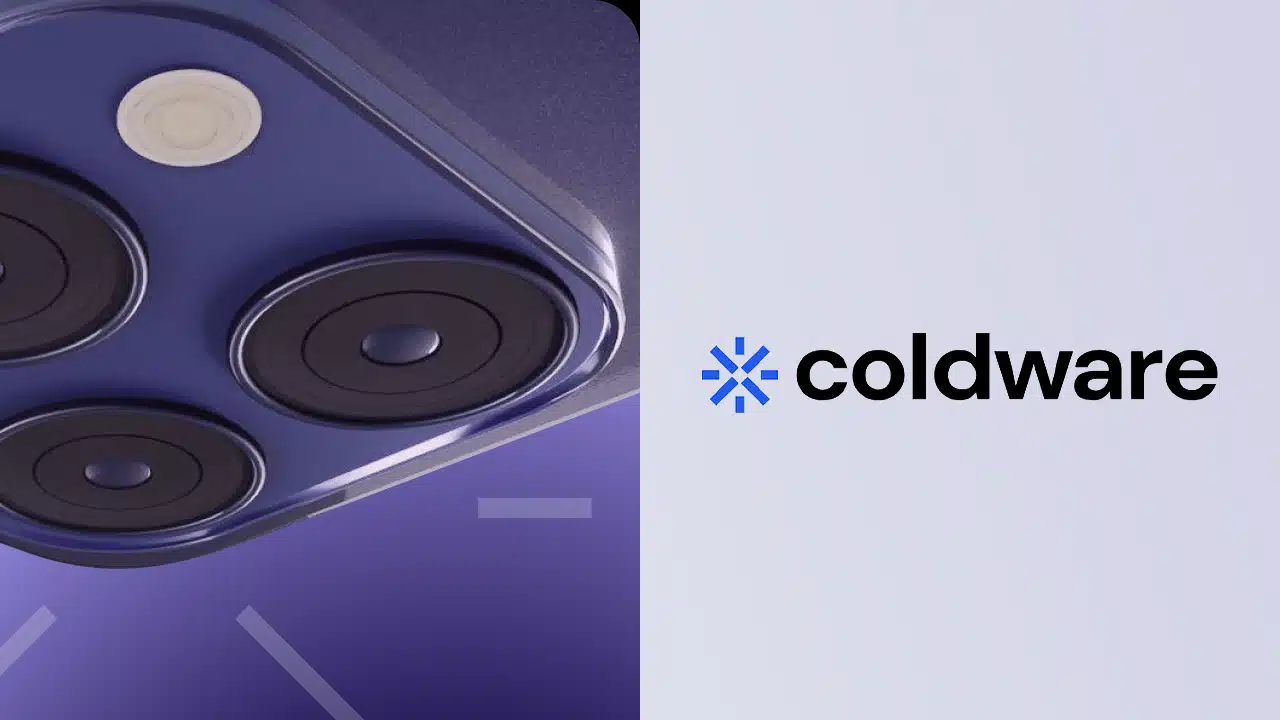
3 months ago
Coldware (COLD) Emerges as a Strong Contender Against Solana (SOL)
The cryptocurrency market is in a state of constant evolution, with new projects emerging to capture the attention of traders. Among the established players, Solana (SOL) has maintained a robust position; however, it is now facing competition from a promising newcomer: Coldware (COLD). Coldware has garnered significant interest from Solana traders following a successful presale that lasted 14 days. This project, which focuses on decentralized finance (DeFi) solutions through its DePIN-based (Decentralized Payment Infrastructure Network) platform, is attracting both retail and institutional investors, highlighting a growing fascination with its innovative technology.
While Solana is primarily recognized for its speed and scalability, Coldware aims to provide practical, secure, and efficient financial solutions through a Web3 mobile application. This unique approach addresses the needs of a decentralized financial ecosystem, making it particularly appealing to Solana traders who are in search of stability and growth. As Coldware continues to gain traction, it is becoming a viable alternative for those looking to diversify their investments in the ever-changing crypto landscape.
As the competition heats up, Solana traders are increasingly considering Coldware as a serious investment opportunity. The impressive presale performance of Coldware positions it as a potential leader in the DeFi space, with the possibility of overtaking Solana if it maintains its current momentum. While Solana is expected to remain a dominant force in the blockchain sector, Coldware's focus on real-world applications and decentralized finance could see it rise rapidly in both price and adoption, making it a noteworthy contender in the cryptocurrency market.

3 months ago
Trump's White House Crypto Summit: Key Attendees and Industry Reactions
The upcoming White House Crypto Summit, hosted by US President Donald Trump, is set for March 7 and has generated significant interest within the cryptocurrency community. Despite the event's high profile, the attendee list is notably exclusive, with only 20 to 25 invitees expected to participate. Key figures from the Presidential Working Group on Digital Assets, including Treasury Secretary Scott Bessent and SEC Chair, are confirmed to attend. Additionally, a larger reception for those not invited to the roundtable is being organized nearby, indicating the event's importance and the administration's focus on digital assets.
Among the confirmed attendees are prominent industry leaders such as Michael Saylor, Coinbase CEO Brian Armstrong, and Kraken CEO Arjun Sethi. Their participation highlights the summit's role in fostering dialogue between the government and the cryptocurrency sector. Attendees have expressed enthusiasm about the opportunity to collaborate with the Trump administration, with several sharing their excitement on social media. This summit represents a critical moment for the crypto industry as it seeks to engage with policymakers and shape the regulatory landscape in the United States.
However, not all industry leaders are represented at the summit. Ripple CEO Brad Garlinghouse has not confirmed his attendance, raising questions about the inclusivity of the event. Additionally, representatives from the Solana and Cardano ecosystems have remained silent regarding their participation, despite President Trump's recent announcement about establishing a crypto strategic reserve. As the summit approaches, the cryptocurrency community is keenly watching how these discussions will influence the future of digital assets in America.
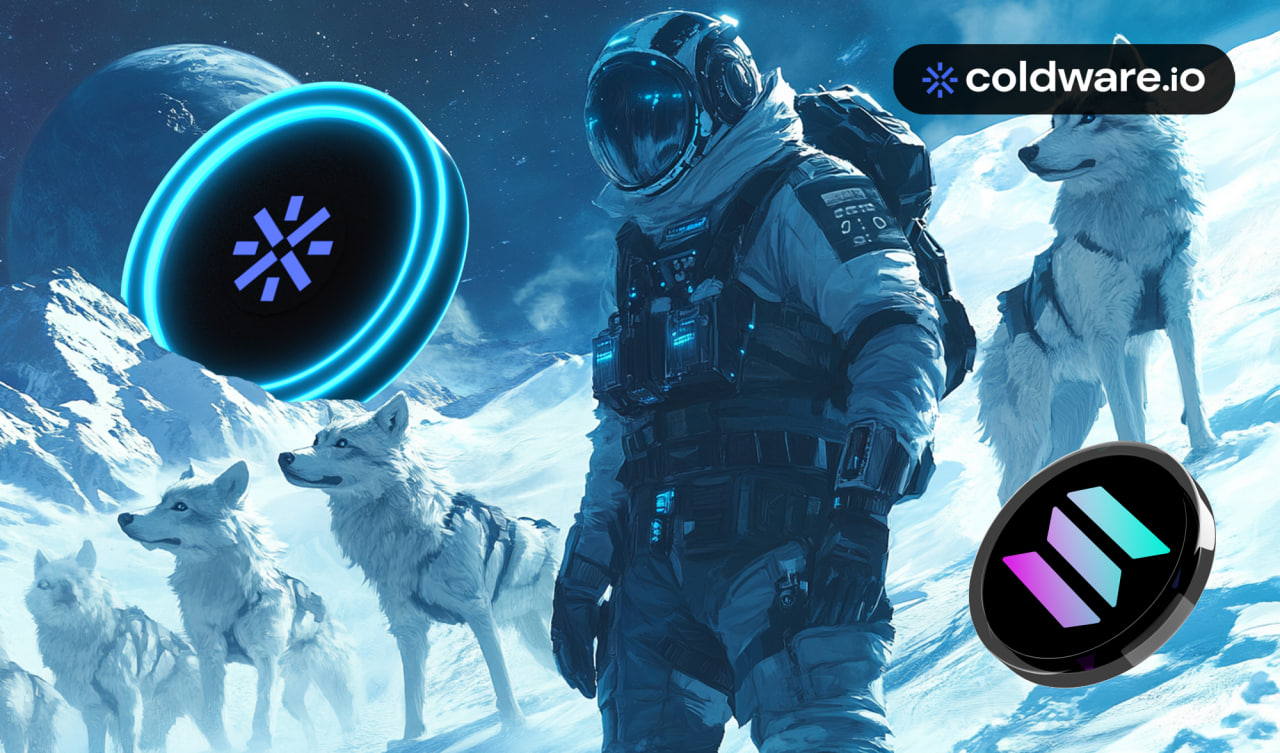
3 months ago
Coldware Emerges as a Contender in the Blockchain Space
The blockchain landscape is witnessing a significant evolution, with Ethereum (ETH) and Solana (SOL) vying for supremacy in the realms of smart contracts, decentralized finance (DeFi), and non-fungible tokens (NFTs). However, a new player, Coldware (COLD), is emerging as a potential disruptor in the decentralized physical infrastructure network (DePIN) and PayFi sectors. While Ethereum emphasizes security and decentralization, and Solana prioritizes speed and low transaction costs, Coldware is carving out a niche as a blockchain infrastructure tailored for real-world applications, focusing on reliability and enterprise adoption.
Coldware (COLD) is positioning itself as a more efficient and decentralized alternative to its competitors. Unlike Solana, which has faced network reliability issues, Coldware is designed to support tokenized real-world assets and decentralized infrastructure. This focus on DePIN and PayFi solutions is expected to drive significant adoption in the coming years, attracting investments from those who previously supported Ethereum and Solana. Developers are increasingly drawn to Coldware for its promise of speed, efficiency, and security, without the technical complexities associated with older blockchain networks.
As Ethereum continues to grapple with high gas fees and scalability challenges, it remains the most trusted blockchain for decentralized applications and institutional adoption. Meanwhile, Solana's focus on speed has made it a key player in DeFi and gaming, despite concerns over its long-term reliability. As the competition intensifies among these three networks, Coldware's fresh approach and lack of legacy technical debt position it as a strong contender for enterprises and developers aiming to build scalable and secure decentralized applications. The race for blockchain supremacy is evolving, and Coldware is ready to challenge the established giants.
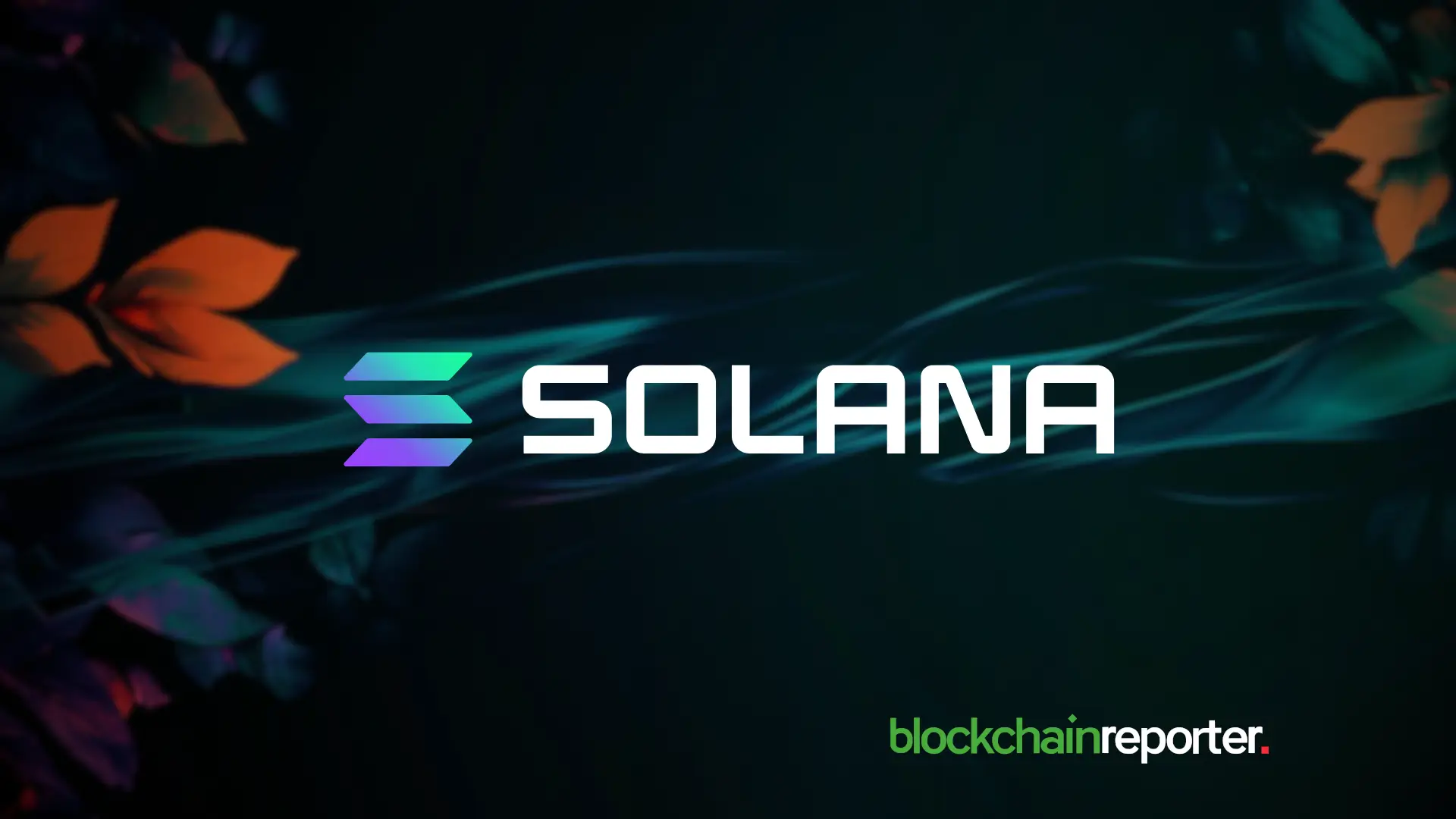
3 months ago
Coldware (COLD) Aims for $200 Million Presale, Challenging Solana in DePIN Sector
Coldware (COLD), an emerging Layer-1 blockchain project, is making waves in the decentralized infrastructure (DePIN) sector with plans to raise $200 million in its presale. This ambitious funding goal positions Coldware as a potential leader in Real-World Asset (RWA) tokenization and Web3 infrastructure, directly competing with established platforms like Solana. The project aims to leverage its scalable technology and the newly introduced DePIN Mobile initiative to facilitate massive adoption and transform how assets are tokenized and managed on the blockchain.
One of the standout features of Coldware is its DePIN Mobile initiative, which seeks to revolutionize Web3 mobile devices. Unlike traditional blockchain networks that focus primarily on decentralized finance (DeFi) and non-fungible tokens (NFTs), Coldware is creating a framework that integrates seamlessly with mobile technology. This innovative approach aims to enable secure peer-to-peer communication, decentralized storage, and real-time on-chain applications, all while eliminating the need for centralized cloud services. By utilizing a high-speed consensus mechanism, Coldware is set to process transactions more efficiently than existing Layer-1 networks, attracting the attention of institutional investors and tech firms.
As Coldware's presale unfolds, it is drawing significant interest from venture capital firms and institutional investors who are eager to tap into the $10 trillion market for tokenized real-world assets. The project’s unique proposition allows for the fractional ownership of various physical assets, creating new investment opportunities for both retail and institutional players. While Solana faces challenges with liquidity and declining decentralized exchange activity, Coldware is rapidly building a robust ecosystem that could redefine the DePIN and RWA sectors. Investors are keenly observing this presale, as its success could herald one of the most disruptive blockchain projects of the decade.
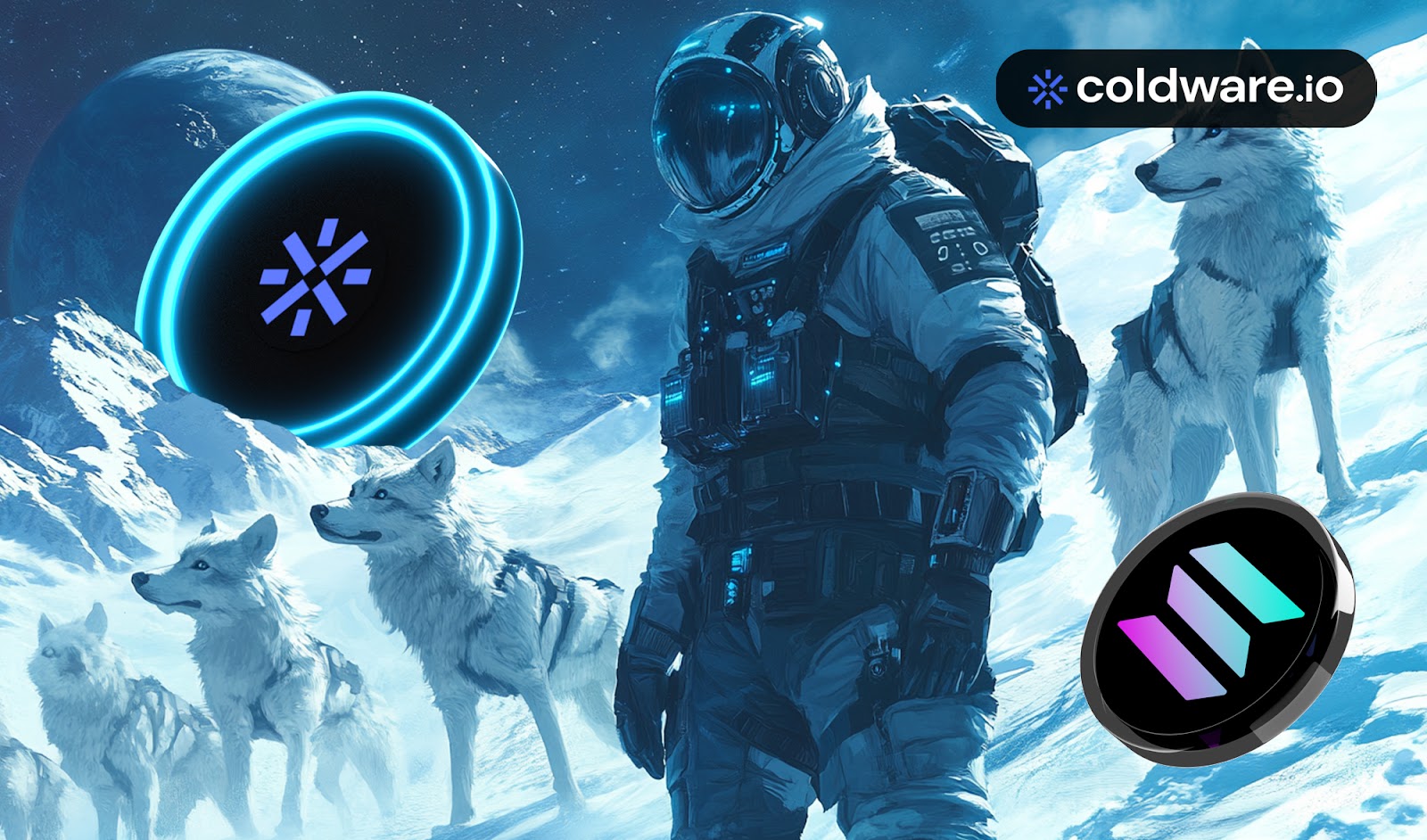
3 months ago
Coldware Emerges as a Strong Contender Amid Solana's Market Struggles
Coldware (COLD) has recently gained significant attention in the decentralized infrastructure space, particularly as Solana (SOL) faces a turbulent market environment. The price of Solana has dropped by 13.49%, primarily due to an impending $2.5 billion token unlock scheduled for March, which has heightened bearish sentiment among investors. Analysts warn that if Solana fails to maintain its crucial support level at $155, it could see further declines to around $133, and potentially below $100. Despite these challenges, some traders remain optimistic about Solana's long-term prospects, believing that a breakout could lead to a new bull run.
In contrast, Coldware is positioning itself as a strong competitor within the Decentralized Physical Infrastructure Network (DePIN) sector. Its innovative integration of AI security, IoT applications, and DeFi staking has attracted interest from investors seeking real-world applications beyond mere speculation. As Solana struggles with network congestion and governance issues, Coldware's unique approach is drawing capital away from Solana, with many traders viewing it as a promising alternative in the decentralized infrastructure landscape.
Additionally, Sonic (S) has recently surpassed the $1 billion Total Value Locked (TVL) milestone, showcasing its rapid growth in the DeFi ecosystem. However, it has also faced price instability, experiencing a 17% decline after reaching a weekly high. Analysts are cautious, noting potential bearish patterns in Sonic's price chart. As market uncertainty prevails, Coldware's focus on practical applications is resonating with developers and institutional investors, positioning it as a key player in the evolving blockchain infrastructure space, especially as Solana's momentum falters.

3 months ago
XNET Mobile: Pioneering Decentralized Wireless Solutions
Alpha Sigma Capital Research has recently published a comprehensive report on XNET Mobile (XNET), a key player in the decentralized wireless (DeWi) sector. As the demand for mobile data continues to rise, traditional mobile network operators (MNOs) and mobile virtual network operators (MVNOs) are facing significant challenges in scaling their infrastructure effectively. XNET is tackling this issue with a blockchain-based solution that not only enhances network capacity but also minimizes the dependence on expensive physical infrastructure. The report highlights several key features of XNET, including its ability to connect over 150 million mobile devices seamlessly and provide scalable data offloading through carrier-grade WiFi and LTE/5G interconnects.
The report emphasizes XNET's strategic partnerships, notably with AT&T, showcasing its capability to integrate with established MNOs to improve network scalability. Additionally, XNET is expanding its decentralized network using advanced technologies like WiFi 6+ and Citizens Broadband Radio Service (CBRS), which are crucial for enhancing connectivity in underserved and high-traffic areas. Operating on the Solana blockchain, XNET allows communities and entrepreneurs to build network infrastructure while earning tokenized incentives, marking a significant shift in the mobile wireless industry.
Despite facing liquidity challenges within the broader Decentralized Physical Infrastructure Networks (DePIN) sector, which have affected the performance of the $XNET token, the company is well-positioned for future growth. Enzo Villani, CEO of Alpha Sigma Capital, remarked on the transformative potential of XNET’s approach, stating that it provides a sustainable solution to meet the increasing demand for reliable mobile connectivity. This innovative model not only disrupts traditional mobile infrastructure but also paves the way for a more decentralized and efficient future in telecommunications.
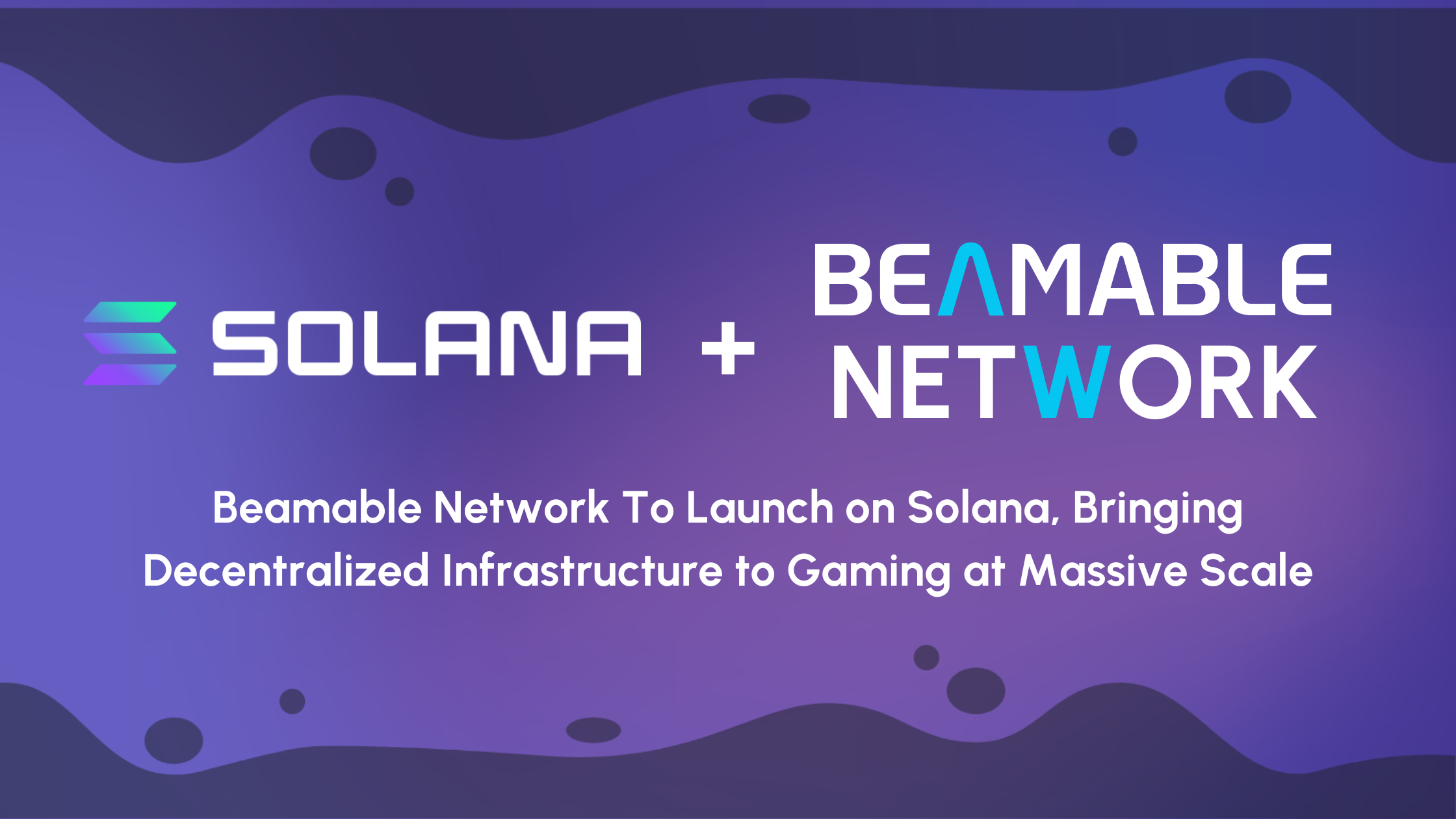
3 months ago
Beamable Network Launches Decentralized Gaming Infrastructure on Solana
The gaming industry is experiencing a significant shift as developers seek to enhance online experiences. Traditional cloud infrastructures, which are often expensive, centralized, and prone to bottlenecks, are no longer sufficient to meet the demands of modern gaming. In response, Beamable Network has announced its launch on the Solana blockchain, providing a decentralized infrastructure that promises scalability and cost-efficiency. This move allows developers to create the next generation of games without the constraints imposed by traditional tech giants.
Beamable Network chose Solana for its unmatched speed and scalability, leveraging the blockchain's proof-of-history (PoH) consensus mechanism to achieve sub-second transaction finality. This ensures that backend operations for games occur in real-time, eliminating lag and bottlenecks that can hinder gameplay. Additionally, Solana's transaction fees are significantly lower than those of traditional cloud providers, averaging just fractions of a cent. This radical cost efficiency enables developers to build and scale their games affordably, making it an attractive option for the gaming community.
By decentralizing backend services, Beamable Network empowers developers to break free from the high costs and limitations of centralized cloud providers like AWS and Google Cloud. This new infrastructure is not only scalable and resilient but also eliminates vendor lock-in, allowing for greater flexibility. With tokenized incentives for infrastructure contributors, Beamable Network promotes a sustainable, community-driven approach to game development. As the industry moves towards decentralized solutions, Beamable Network on Solana is set to revolutionize how games are built and operated, heralding a new era in game infrastructure.
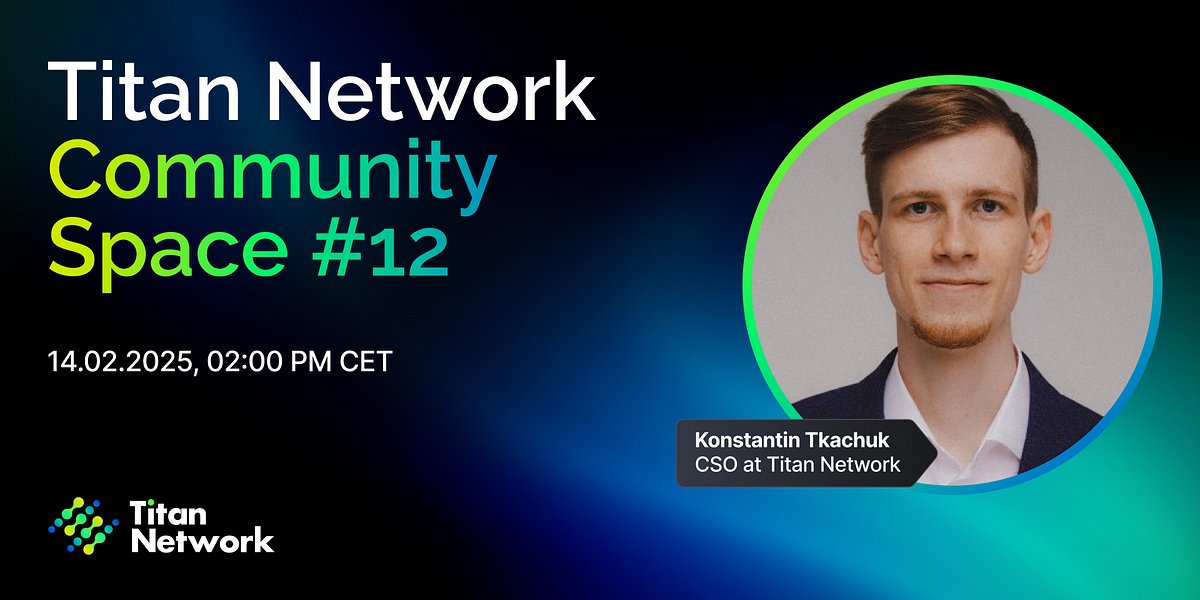
3 months ago
Titan Network Advances Towards Mainnet Launch with Fourth Testnet Rollout
The Titan Network is making significant strides towards its mainnet launch, with the rollout of the fourth testnet underway. The team has emphasized that the fourth testnet will only be opened to the public once all functionalities are thoroughly tested. Currently, a new Windows application is being developed to ensure stable node performance, and users are being onboarded region by region. The third testnet will remain active until the mainnet launch, allowing users to provide essential resources via the Titan application, which is crucial for validating the ecosystem ahead of the mainnet.
As the Titan Network prepares for its mainnet launch, the community can expect a seamless transition from testnet to mainnet. All testnet tokens (TNT1 to TNT4) will automatically convert into mainnet tokens, eliminating the need for separate exchanges. The team is also focused on interoperability, testing connections with Solana and planning to bridge to other major blockchains. Furthermore, the Titan Network is refining its whitepaper and roadmap, with plans to engage the community during these releases, ensuring transparency and collaboration.
Looking ahead, the Titan Network is committed to keeping its community engaged through regular updates, quest activations, and community events. Investors can anticipate another fundraising round before the mainnet launch, with more details to be shared in upcoming community calls. The Titan Network's journey towards a decentralized future is a collaborative effort, and the team expresses gratitude to its community for their support and insightful queries during the recent AMA. As the network approaches its mainnet launch, the excitement continues to build, promising a robust platform for users and investors alike.
Signup for latest DePIN news and updates